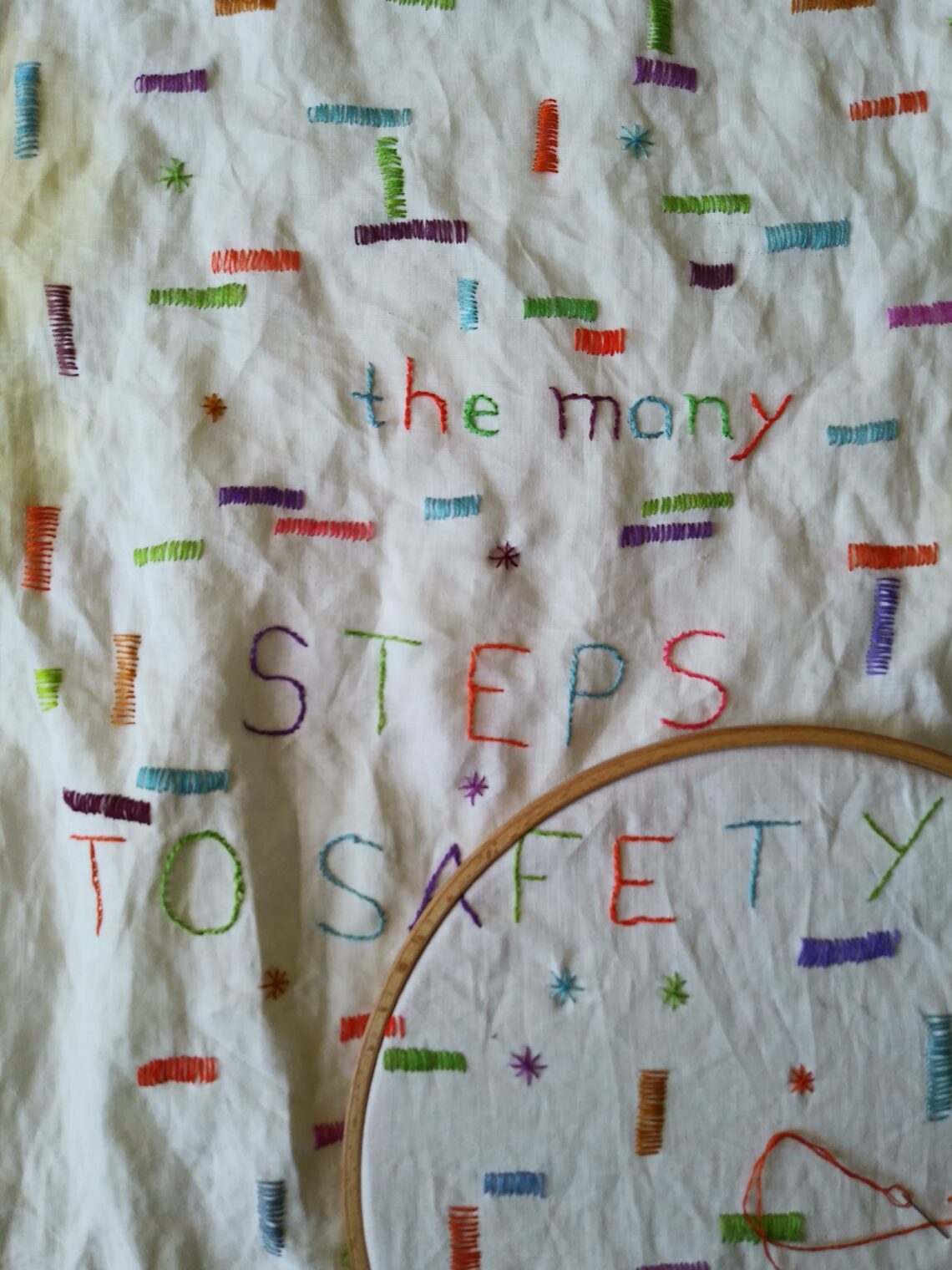Tell me about being a education docent
AP: I love touring school children, they interest me. I always learn something from them, they see things that I never see. I’ll tell them to look for something and they’ll find it in a place I hadn’t seen before. I keep learning that way. Sometimes with the really contemporary shows that I don’t understand fully, I’ll say “You see this? I don’t understand it. Does anybody have a clue?” and they’ll always tell me and they’re always right.
What is your favorite part of volunteering?
AP: I would say the people – first of all the people. When I started I had never volunteered anywhere before and I found that the other volunteers were all really friendly and cheerful and positive and had a real vision of what this museum could be. We participated in everything so it was a pleasure to get to know people who were so cheerful lending whatever they needed to lend – a hand, a buck, anything. We all pitched in and made it fun.
Tell me about your favourite visitor interaction
AP: I was giving a tour to a Grade One and Two class and we were looking at an exhibit of Persian carpets. Unsure of where to start I asked, “Does anyone know anything about carpets?” and this little hand went up and he said “Yeah, they used to fly. The old ones used to fly.” Well from there we could all talk about – where would you sit, how you would steer, who made them and where did the designs come from. We covered all of the history and the technology that I wanted them to know about making carpets, but from their perspective.
What is your favourite item in the Museum’s permanent collection?
AP: One of the Grenfell mats–they’re little hooked burlap mats from Newfoundland that were made in the 1920s. You’re sitting in a fishing shack in February on the coast of Newfoundland with no electricity with a bent nail because you have no made crochet hook because that’s just what you have. Even in a fishing shack nobody just made a plain rug, everyone made something that was pretty and charming. There are little scenes of island life there, polar bears and happy whales – I just love them. I find makers never make something too plain, there’s always an embellishment somewhere.
What upcoming events are you excited for?
AP: There’s one on the history of the Chinese community in Toronto on November 16th and I’m signed up for that – will be interesting. Arlene Chan grew up right around the Museum – that’s the heart of Chinatown and her mother was a very famous owner of a restaurant – Jean Lumb owned one of the first Chinese restaurants in Toronto. There are always interesting speakers at the Textile Museum, it’s a chance to see somebody you would never see elsewhere in your life.
Tell me about you artistic practice.
AP: I’m kind of a closet knitter, I’ve always knit from the time I was about 10 years old. I always have something on the go but I hadn’t ever met other people who did a lot of knitting. I didn’t think much about it and then I got to the Museum and met all these master knitters, almost professionals. It’s really a joy to know these people because they just do all kinds of stuff. They design their own stuff and they make their own stuff, they’re always keen on what other people are doing so you get lots of help.
Thank You Ann!



